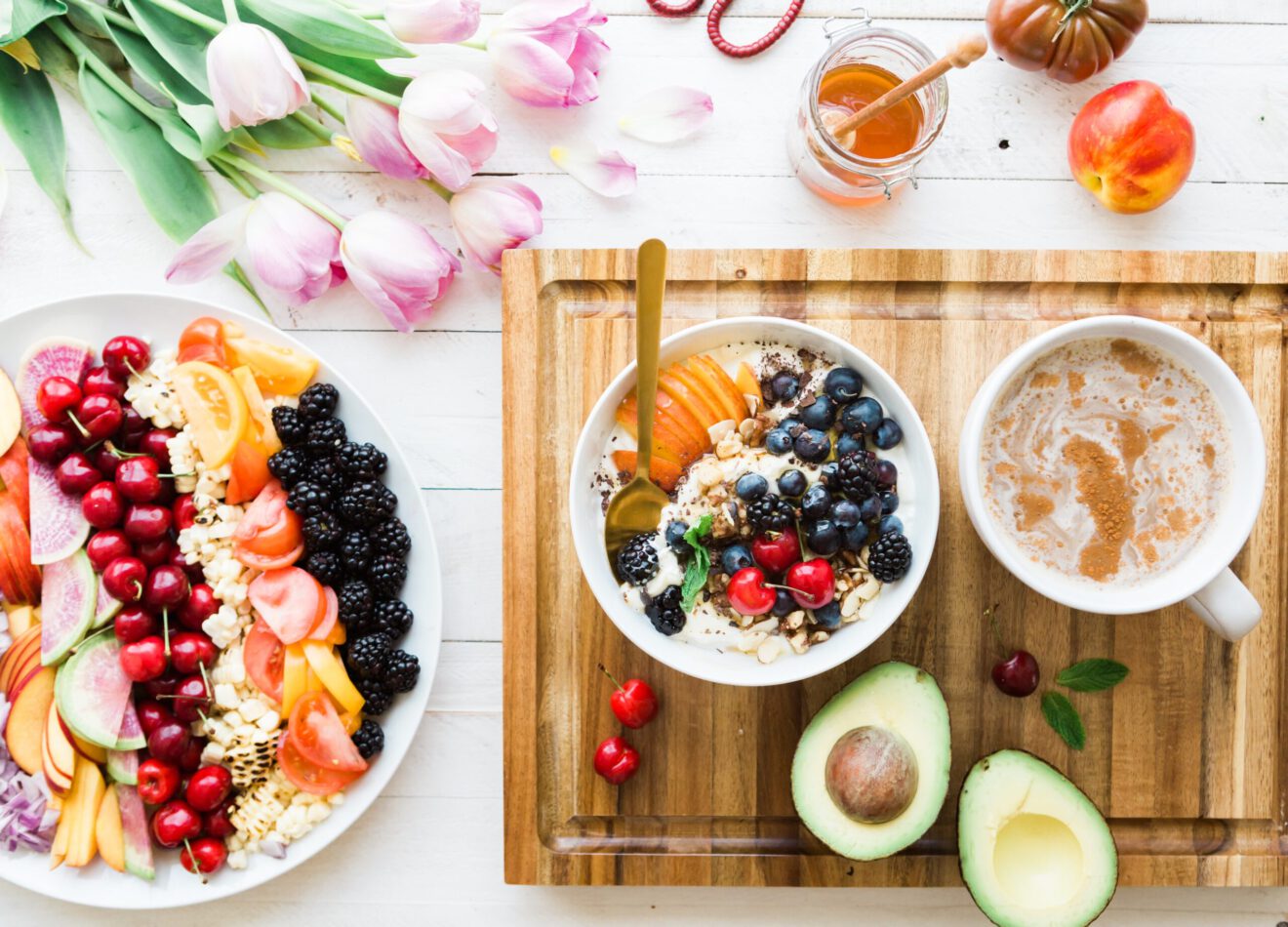Judging from content posted on Facebook, TikTok, Twitter, LinkedIn, and nearly every other social media platform, it would appear that almost everyone is a health and wellness expert. But in our experience, there are attitudes and behaviors that separate the real health and wellness enthusiasts from those who simply talk a good talk. For over 20 years, The Hartman Group has confidently segmented consumers along a continuum of involvement in health and wellness and has cataloged their varied motivations, barriers, preferred product attributes and more to understand how consumers live, shop and use brands, products and services in the health and wellness space.
Our “Health & Wellness 2021” study found that consumers’ approach to health and wellness reflected both longer-term trends and more acute pandemic priorities. But individual attitudes and behaviors varied among consumers and were affected by a variety of things, such as socioeconomic status as well as engagement in health and wellness.
The World Model is the Hartman Group’s proprietary approach to segmenting consumers along a continuum of health and wellness engagement. The model has been validated and applied within the food and beverage industry by many of the leading brands in health and wellness. In 2021, 13% of the US population was represented by the Core (trend leaders) segment, 63% were in the Mid-level (mainstreamers) segment, and 24% were in the Periphery (bystanders). As we will soon release our newest report — “Health and Wellness 2023” — you may wonder how we are expecting those segment sizes to change given the last three years of living in a pandemic. Well, not much. The size of these segments does not change much from year to year, but the nature of each segment can change a lot. In fact, we watch the Core segment very closely for shifts in attitudes, behaviors and reliance on various information sources.
The Core might be small, but it is a mighty segment that sets the direction for the other segments and the future of mainstream health and wellness culture. They create trends and influence the Mid-level segment, specifically the Inner Mid-level. Inner Mid-level consumers influence the Outer Mid-level at which point trends become significant business opportunities. Finally, the Periphery adopts mainstream health and quality cues. It is no surprise then, that noteworthy product attributes follow a similar trajectory. Attributes that are relevant to the Core eventually become interesting to Mid-level consumers, and ultimately, they become part of the Periphery vernacular.
To illustrate this evolution, let’s consider the example of “organic.” Thirty years ago, Core consumers were interested in organic foods and beverages and frequented food co-ops and farmers markets to find them. Some Core consumers were even growing their own food to avoid pesticides and other chemicals. Mid-level consumers did not know where to source organics but were beginning to question the safety of their food and understand “organic” as a potentially desirable quality attribute. Periphery consumers were completely unaware that all food might not be created equal, and they deemed all foods and beverages organic since they are, or come from, living things. Over the decades, the organic trend mainstreamed, and now organic foods and beverages are widely available at conventional retailers like Wal-Mart and Periphery consumer pantries may include several organic items, even if not selected with much intentionality. As all trends have a lifecycle, we see the organic trend starting to sunset among the Core as other quality attributes like Regenerative Agriculture take its place.
As the Core surfaces new quality distinctions, it is important to note that historically this segment has been the least price sensitive and has prioritized paying for health and wellness products that meet their quality expectations. Given inflation and the rapidly rising cost of healthy foods and beverages, “Health and Wellness 2023″ explores which consumers prioritize wellness and which categories and attributes remain worth paying a premium. Walking one’s wellness talk might be an impossibility now for some with a tightened budget. Even though economic factors can impact trends, we know the powerful force that is health and wellness culture will continue to evolve.
What other product criteria trends are on the health and wellness horizon? While most consumers look for some purchase criteria when selecting products to buy, it is the Core and Inner-Mid Level consumers who bring the most scrutiny. Taking a sneak peek into Health and Wellness 2023 we see the Core consumer is most likely to look for only recognizable ingredients, antibiotic-free, grass-fed and products labeled plant-based. The Mid-level and Periphery consumers consider fewer criteria and put greater emphasis on a criterion like familiarity. Understanding the exact attributes that are of interest to specific health and wellness consumer segments can give food and beverage companies a strong strategic advantage. Literally, a world of wellness opportunities awaits.
As CEO of The Hartman Group, Demeritt drives the vision, strategy, operations and results-oriented culture for the company’s associates as The Hartman Group furthers its offerings of tactical thinking, consumer and market intelligence, cultural competency and innovative intellectual capital to a global marketplace.
Read more like this from SmartBrief:
- Beverage pros weigh in on the alcohol-free beverage trend
- Food tech trends: Tensions along the path to trust
- Wading into the world of plant-based seafood
_____________________________________
If you liked this article, sign up for SmartBrief’s free email newsletter from the Consumer Brands Association. It’s among SmartBrief’s more than 250 industry-focused newsletters.
